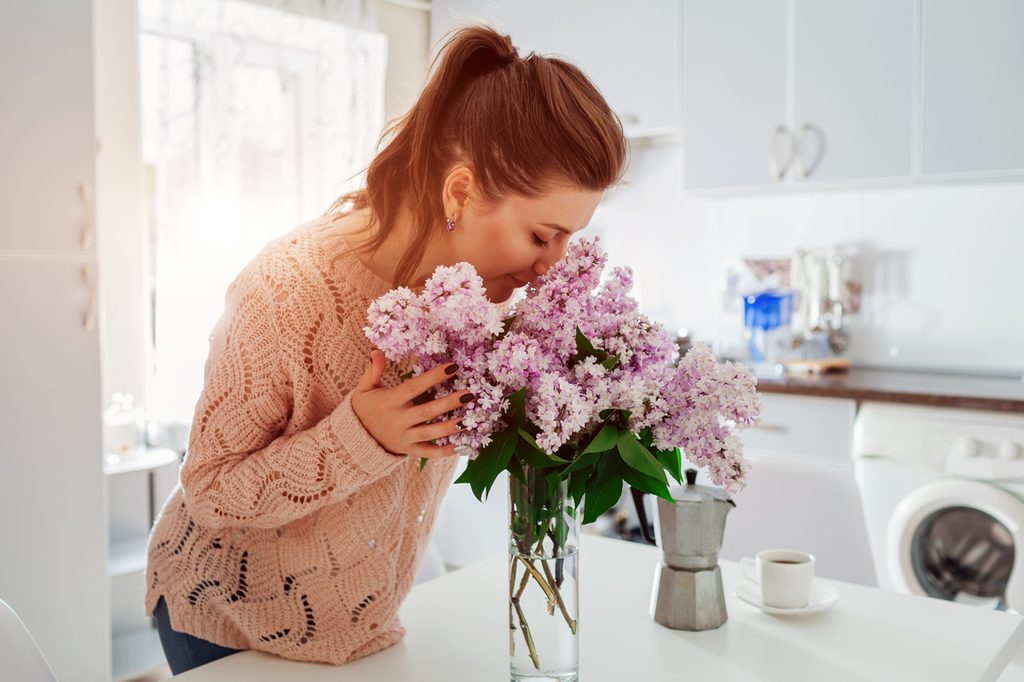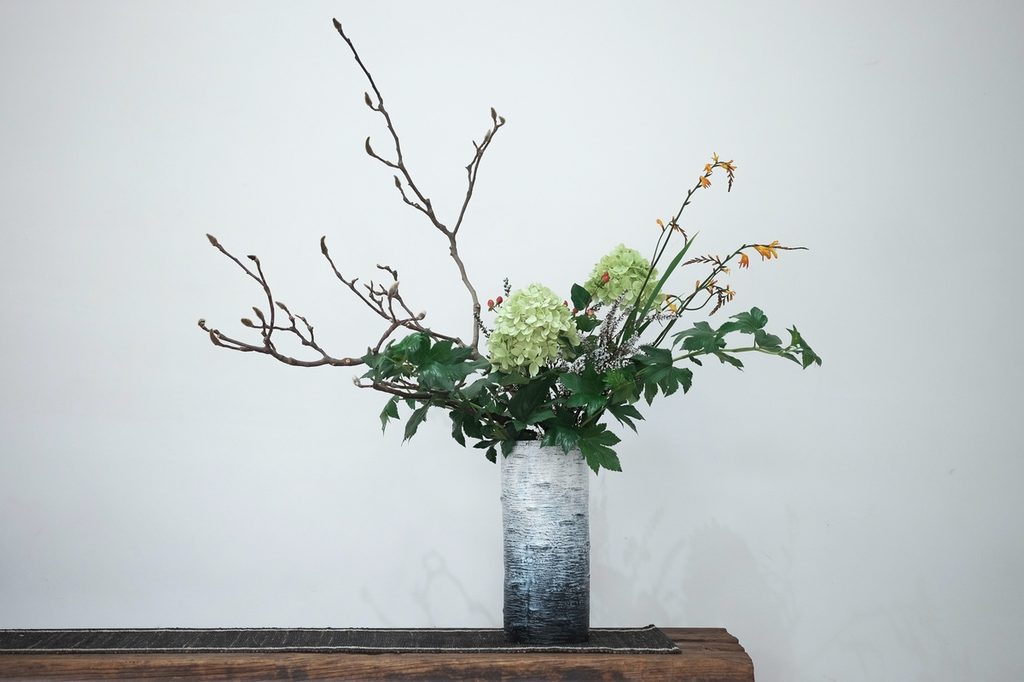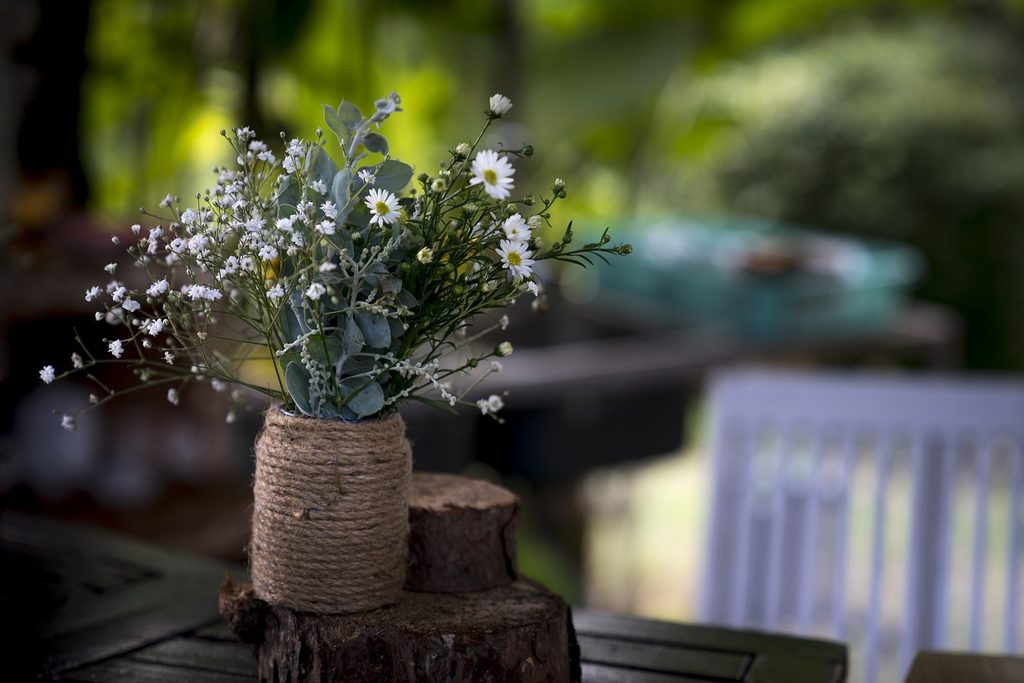
Whether they are a prize from your garden or a gift of store-bought flowers from a loved one, flowers are a beautiful addition to any room. A bouquet of flowers arranged in a nice vase really makes a difference and livens up a space, but keeping the flowers alive and well isn’t always easy. When the flowers start to fade, the joy of having fresh flowers can turn to disappointment quickly. If you want to get the most out of your flower arrangement, we’re here to help. This guide will explain how to care for cut flowers and keep them fresh for as long as possible.
How soon should you put flowers in water?

Your flowers’ lifespan will differ depending on a few things, including the type of flower, the temperature of the environment, and how long you wait to get them into water after they are cut. Generally speaking, you should get your flowers into water as soon after cutting them as possible.
Some hardier flowers can survive up to four hours without water, but others can start to wilt within an hour if they aren’t immediately placed in water. If you aren’t able to get your flowers into water right after cutting them, we suggest making the original cut longer than you’ll need it for your vase. Flower stems dry out quickly, and you’ll need to make a new cut before putting them in water to give your flowers the best odds of a longer lifespan.
How do you make fresh flowers last?

There are a few steps you can take to help make your flowers last. Start by making sure your vase was thoroughly cleaned after its last use. Bacteria from the last bouquet could still be present if the vase wasn’t properly cleaned, and a dirty vase will speed up the wilting process if it isn’t taken care of.
In the realm of hardware maintenance, you should also check the quality of your scissors before trimming any flower stems. Sharp scissors will provide a cleaner cut that doesn’t damage the stem. Damage from a poor cut will make it harder for the flower to absorb the water it needs. Cutting the stems at an angle can help your flower absorb the water more easily and also help make any potential damage from a bad cut more visible to you.
Placement is also incredibly important for longer-lasting flowers. While potted plants need sunlight to continue to grow, you’ll want to avoid too much heat and bright light for any cut arrangements. Your flowers aren’t growing anymore, so any maturing they do will lean toward wilting. Cut flowers do much better in darker, cooler environments. As a perk, they also tend to brighten up those areas and make them feel less dark.
You should also avoid placing your flowers near produce. Ripening fruits and vegetables are a death sentence for bouquets. As they ripen, they give off ethylene, a gas that causes flowers to lose their petals. Some fruits, like bananas, are worse than others for keeping your flowers fresh.
How do you take care of flowers in a vase?

To really make your flowers last longer, you need to keep up on maintaining them after you’ve placed them in their vase. Some bouquets will come with packets of flower food that you can add to the water. For most flowers, this is a helpful addition. You can even make your own by adding a mixture of 2 teaspoons of lemon juice, 1 teaspoon of bleach, and 1 teaspoon of sugar into a vase before adding warm tap water. However, there are a few types of flowers that do not react well to flower food, including sunflowers and zinnias.
Whether you add flower food or not, we suggest changing the water entirely every other day. Flowers run out of water quickly, and you’ll need to replenish their supply on a regular basis. By changing the water completely, you can help limit bacteria and keep your flowers healthy. It helps to trim the stems again each time you change the water to remove ends that have started breaking down and give your flowers an easier channel for pulling in more water.
As you continue to maintain the flowers in their vase, you should also remove any older flowers that are starting to wilt or rot. Not only will this keep your bouquet looking fresh and presentable, but it will lower the amount of bacteria building in the vase. If one flower starts to decay, the rest of the group will decline faster as well.
Does adding soda to the water keep cut flowers fresh?

Adding a splash of soda to your cut flowers’ vase is a common tip, but it’s a mix of truth and myth. The sugar in regular sodas does give the flowers a boost, but diet or low-sugar sodas won’t improve your flowers’ lifespans much if at all. Some gardeners claim that the slight acidity of lemon or lime flavored sodas helps to kill bacteria that might cause your cut flowers to rot faster.
However, this isn’t strictly necessary if you are regularly changing the water and cleaning the vase. It is unclear what effect, if any, caffeine might have on cut flowers. All in all, adding some soda to your cut flowers’ vase can give it a boost, but you can achieve the same effect by adding sugar water and lemon juice, or lemonade.
While some flowers might require more specific levels of care, following these general tips for upkeep will bring your bouquets a longer life. Say goodbye to the era of three-day flower arrangements and revel in your anniversary bouquets and garden prizes a little longer.


